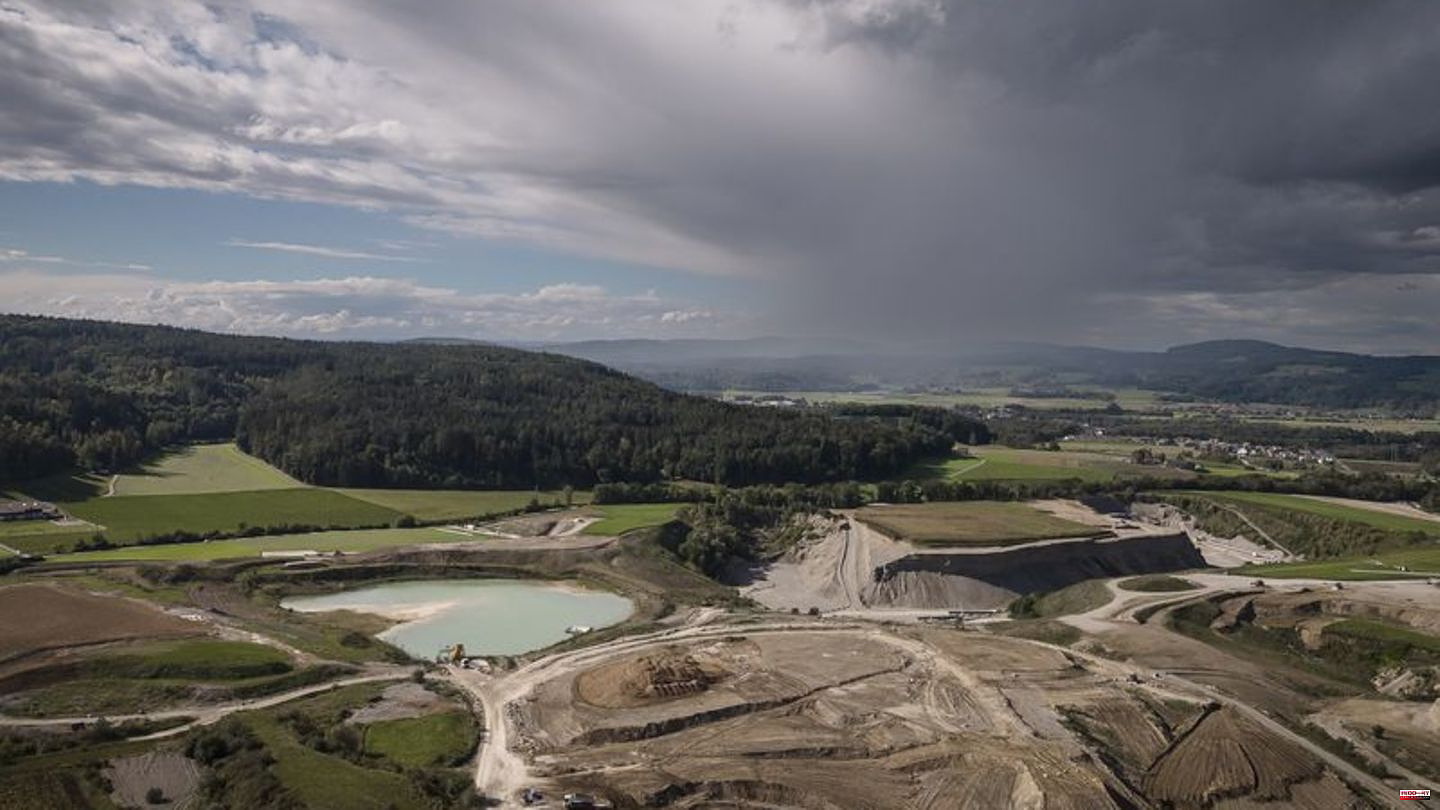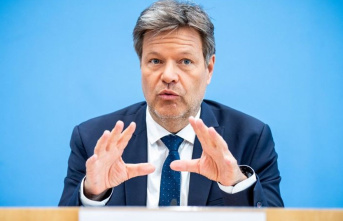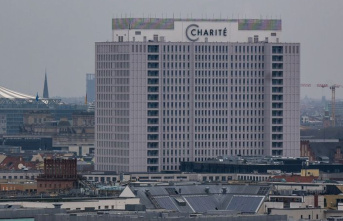According to Swiss experts, the planned site for the Swiss nuclear waste repository near the border to Baden-Württemberg is the safest place for radioactive waste.
The Nördlich Lägern region, not far from the German municipality of Hohentengen, is the best choice among the three sites tested for purely geological reasons, said Matthias Braun, head of the National Cooperative for the Storage of Radioactive Waste (Nagra), on Monday in Bern. "It's a clear decision. The geology has spoken."
Decision with reference to rock strata
The necessary rock layer of Opalinus Clay is there deepest under the earth's surface, the layer is thickest and the possible area for the planned repository is largest. In Nördlich Lägern, traces of the oldest water were found in the rock layer: 175 million years old. That gives him the confidence to make long-term forecasts, Braun said. "The rock is very dense, binds radioactive materials like a magnet, and should it break, it heals itself."
The packing station for the fuel elements is to be built at the current interim storage facility in Würenlingen, not far from Waldshut-Tiengen in Germany, because there are already buildings there. They just need to be expanded. The fuel rods, which are around 3.5 to 4.5 meters long and weigh around two kilograms and have a diameter of a good one centimetre, are to be packed there. About one hundred to almost three hundred fuel rods are bundled with spacers to form one fuel element each.
The Federal Office of Energy and the Swiss Federal Nuclear Safety Inspectorate (Ensi) want to examine Nagra's proposals in the approval process. In addition to four Swiss professors, four German professors are also represented in the expert group for deep geological repositories at Ensi. The radioactive waste from nuclear power plants, industry and research is to be buried hundreds of meters deep in the repository. The Federal Office emphasized that the approval had not yet been decided. In the most favorable case, construction could begin in 2031 and storage in 2050.
German communities are skeptical
The German communities reacted to the decisions with skepticism. They want to check carefully whether Nagra's justifications are plausible, especially since the Nördlich Lägern site was deferred as a second choice in 2015. According to Braun, uncertainty factors were decisive at the time because the Opalinus Clay layer was so deep there. But further tests would have taught them better: "It turned out that the strength of the rock is about twice as good as it was rated in the cautious scenario at the time," he said.
The Swiss answer the question of whether the German radioactive waste could not also be disposed of in the repository so close to the German border with a clear no. "It is a recognized principle that each country must dispose of its own waste at its own facility," said Roman Mayer, deputy director of the Federal Office of Energy.
Ministry: Germany will not use repositories
According to the Federal Ministry for the Environment, there are no plans in Germany to use the planned nuclear waste repository for German waste of this type. This was explained on Monday by a ministry spokesman when asked. "Germany has decided to construct its own repository for its nuclear waste and not together with European partners. We are responsible for our waste," the spokesman said. The repository planned in Switzerland will not be transferred to German territory, it said. Only the surface structures came within two kilometers of the German border.
Germany will now examine the Swiss decision for the repository near the German border very closely "for plausibility", the ministry spokesman explained. This is the work of a group of experts in which both Swiss and German experts are represented.
Compensation for surrounding communities
The surrounding communities should receive compensation payments, confirmed Monika Stauffer, head of the radioactive waste section at the Federal Office of Energy. "The compensation negotiations will be challenging," she said. The money should be used for regional development. Who gets how much money has to be negotiated. In a non-binding cost scenario, 800 million francs (822 million euros) were planned for this.
As a general framework for the repository, Ensi has stipulated that the radiation may not exceed 0.1 millisievert per year, said Felix Altorfer, head of the waste management supervisory area. According to the data available so far, Ensi only expects a maximum of 0.001 millisievert of radiation for the planned camp. In the German Radiation Protection Act, the limit value for the effective dose to protect individuals is set at 1 millisievert per year.
The Swiss nuclear power plant operators estimated the cost of radioactive waste disposal at CHF 18.2 billion last year. They already pay into a fund to cover the costs.












